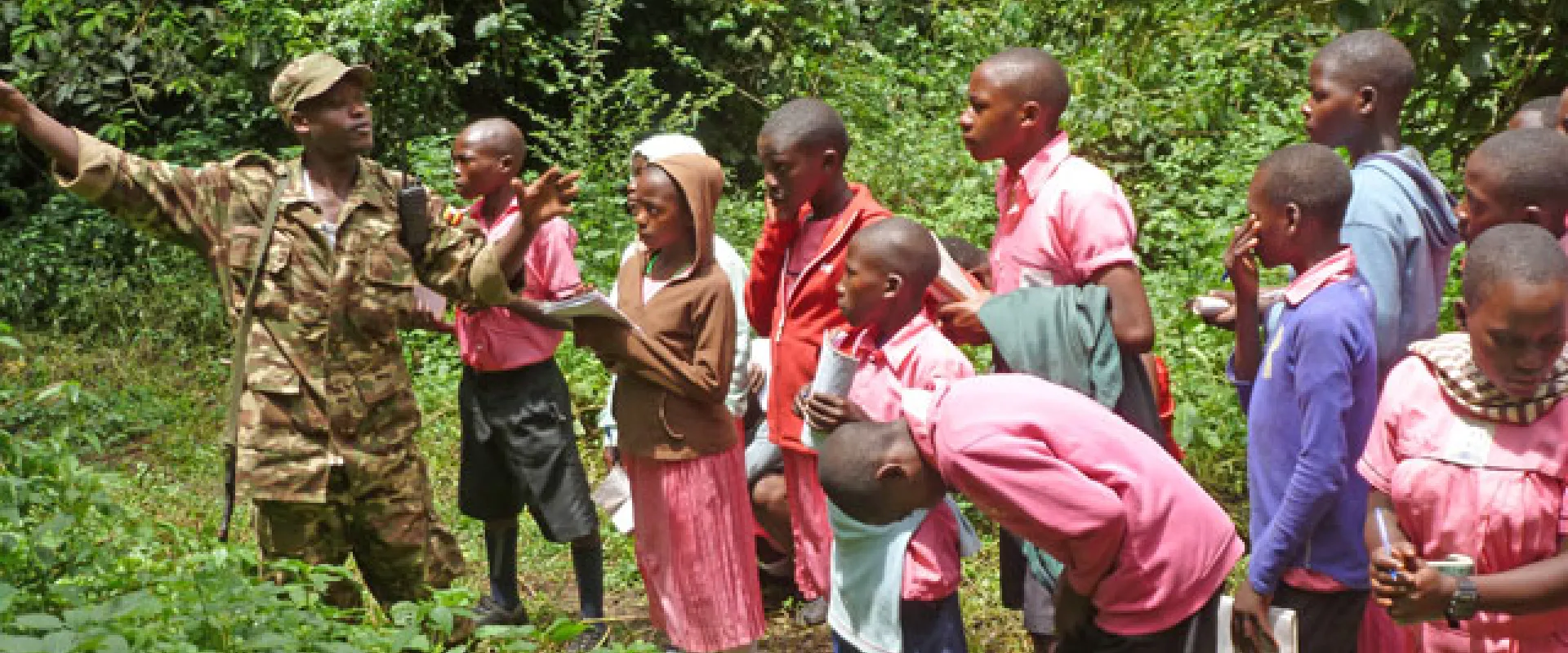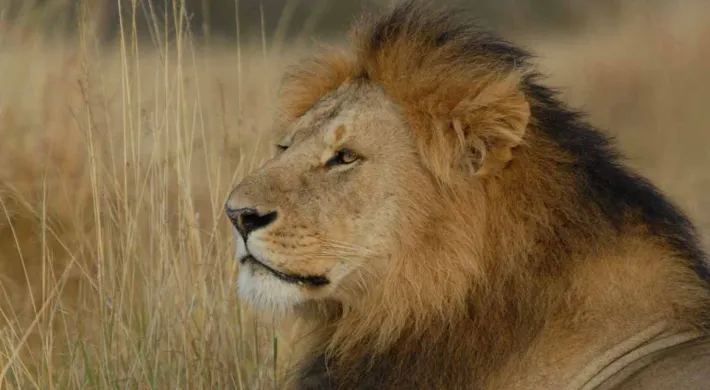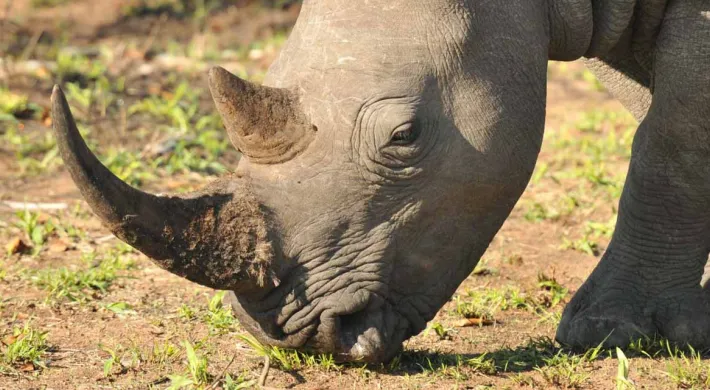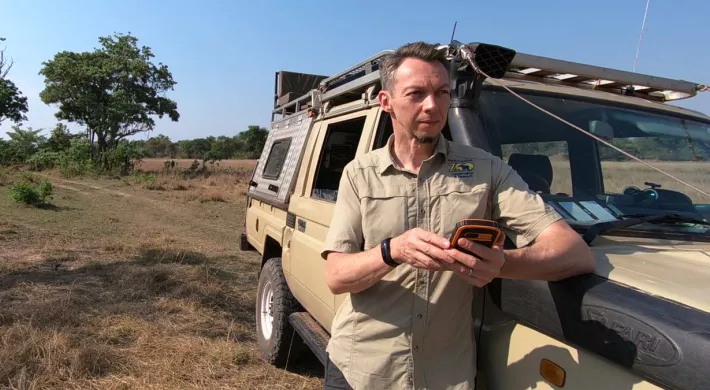Written by Tinka John, North Carolina Zoo UNITE Director
For the last 18 years, UNITE for the Environment (UNITE), a program of the North Carolina Zoo in Uganda, Africa has worked with 12 schools within a radius of five kilometers (three miles) from the Kibale National Park (KNP) boundary. By engaging teachers and students in environmental education programs, we aim to conserve one of the last remaining areas of middle-elevation forest in East Africa and an important biodiversity hotspot.
Kibale National Park has the highest diversity of primates in the region, including Eastern chimpanzees, and is considered the primate capital of the world. Through our long-term commitment to the area, we have learned many lessons that can guide efforts for conservation of other protected areas in the country.
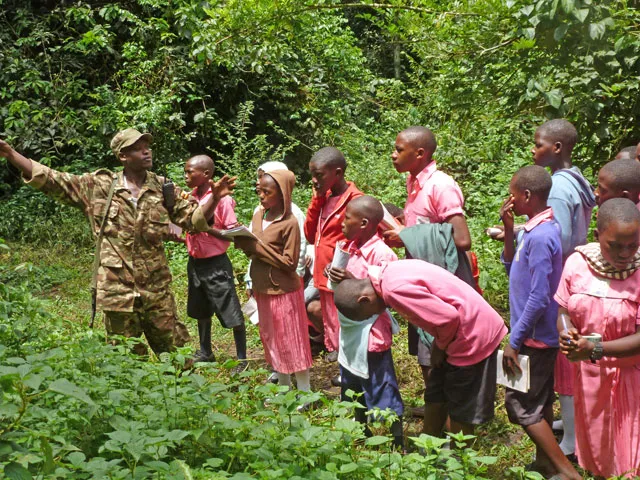
UNITE students on a field trip to Kibale National Park
Last year, we agreed to expand our operations to include Uganda’s Queen Elizabeth National Park (QENP). Established in 1952, QENP is the oldest and second largest park in Uganda with an area of about 1,980 km2 (that’s about the size of Delaware, solely devoted to one park). Located in the western rift valley of Africa, QENP is Uganda's most popular savannah reserve and has the widest variety of habitats of any Ugandan park, including grassland savannah, forests, wetlands and lakes. This impressive ecological diversity supports an extensive range of wildlife: the park is home to 95 species of mammals, including lions, leopards and African elephants as well as 619 species of birds (the highest number in any East African protected area), including critically endangered species such as the African White-backed Vulture. The park is thus internationally recognized as an important bird area.
Our work in QENP began by building partnerships. We started by meeting with several stakeholders, such as the Uganda Wildlife Authority, district governments, local leaders and conservation organizations already working in the park, to assess the need for support. We found that there is very minimal environmental education occurring around this important protected area. Consequently, we visited local schools in the area to do a general assessment, to ultimately select which schools we would collaborate with and co-develop education programs. We considered the following factors: willingness of the teachers, size of the school, and distance from the park boundary and conservation issues – we wanted to target those schools near the park and where there was conflict with wildlife.
In the end, we selected 16 schools, which includes 157 teachers and 4,500 students. All of the schools selected are within a 5 km radius from QENP and each school’s principals (called head teachers in Uganda) signed a contract with UNITE before taking any further steps. The contract helps us to establish the relationship with clear expectations – always a good first step when beginning a new program. We also hired a fantastic Education Assistant, Nyawanga Samuel, from the local community. Samuel is very energetic and a fast learner, with a diverse range of experience with the important issues the park faces, particularly human-wildlife conflict. To keep Samuel close to the community, UNITE opened a small branch office in one of the fishing enclaves (areas where fishing communities are allowed to live in the park).
The next phase of our program was to conduct a detailed baseline survey. We developed surveys to suit the different stakeholders, teachers, students, park officials, conservation NGOs, and district officials, local and political leaders. These surveys allowed us to assess the conservation issues and needs of this new region. We will use this information to shape our approaches to conservation in the area. Plus this data will provide us with critical information to evaluate our program over time as we hopefully change the local community’s behaviors and attitudes towards wildlife.
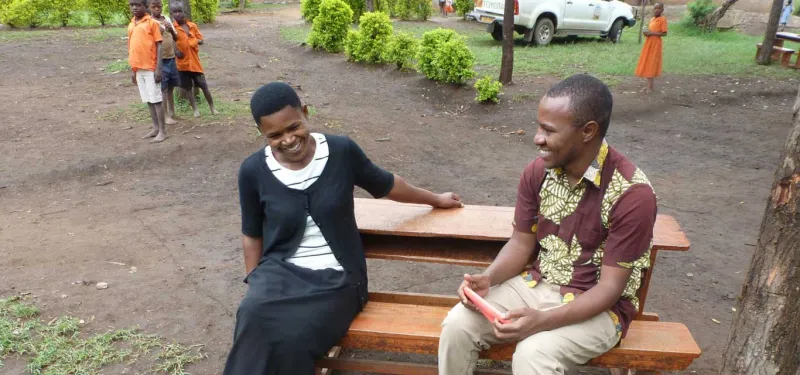
Teacher survey
Last year marked the beginning of our efforts to conserve QENP. Our first teacher training workshop in QENP focused on “Biodiversity.” Learning from our many years in KNP, we have found this is a good topic to start with because it opens people’s minds. In this training, we discussed what biodiversity is, it’s current status, and why it is important, helping this new group of teachers start thinking about the small (but critical) things they can do to conserve biodiversity. We followed the training with a joint meeting of all the head teachers, not just from QENP, but including those we have worked with for many years in KNP. This gave the head teachers from KNP an opportunity to share their own experiences implementing conservation projects and working with UNITE with our new colleagues from QENP. It also gave the teachers at QENP hope that environmental education is meaningful, and that has worked elsewhere in Uganda.
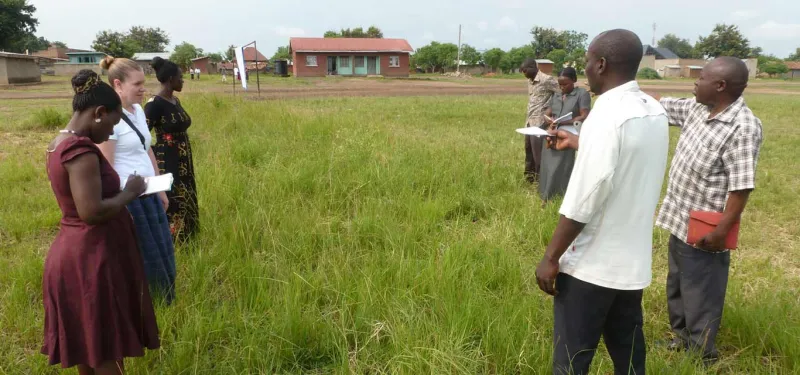
Group activity on biodiversity
As I write, several conservation projects to protect biodiversity have been implemented by the QENP schools, mainly tree planting and proper waste management practices. I am personally very excited about this expansion. It has given me a chance to share the lessons I learned for almost two decades. I trust that this is going to be a great success. I can’t wait for the COVID–19 pandemic to end so that we can resume this important work. I miss the brilliant ideas from teachers, the amazing energy of the students, and the support from all our other partners and stakeholders.
